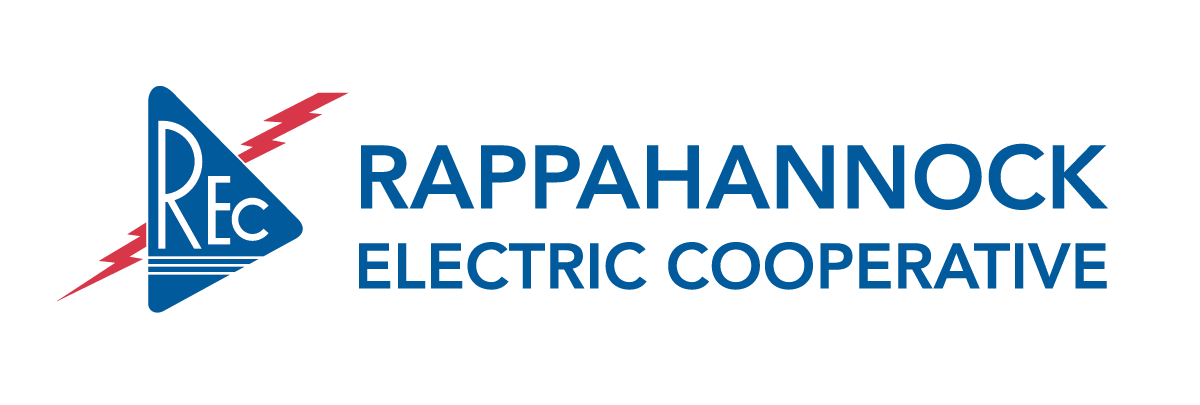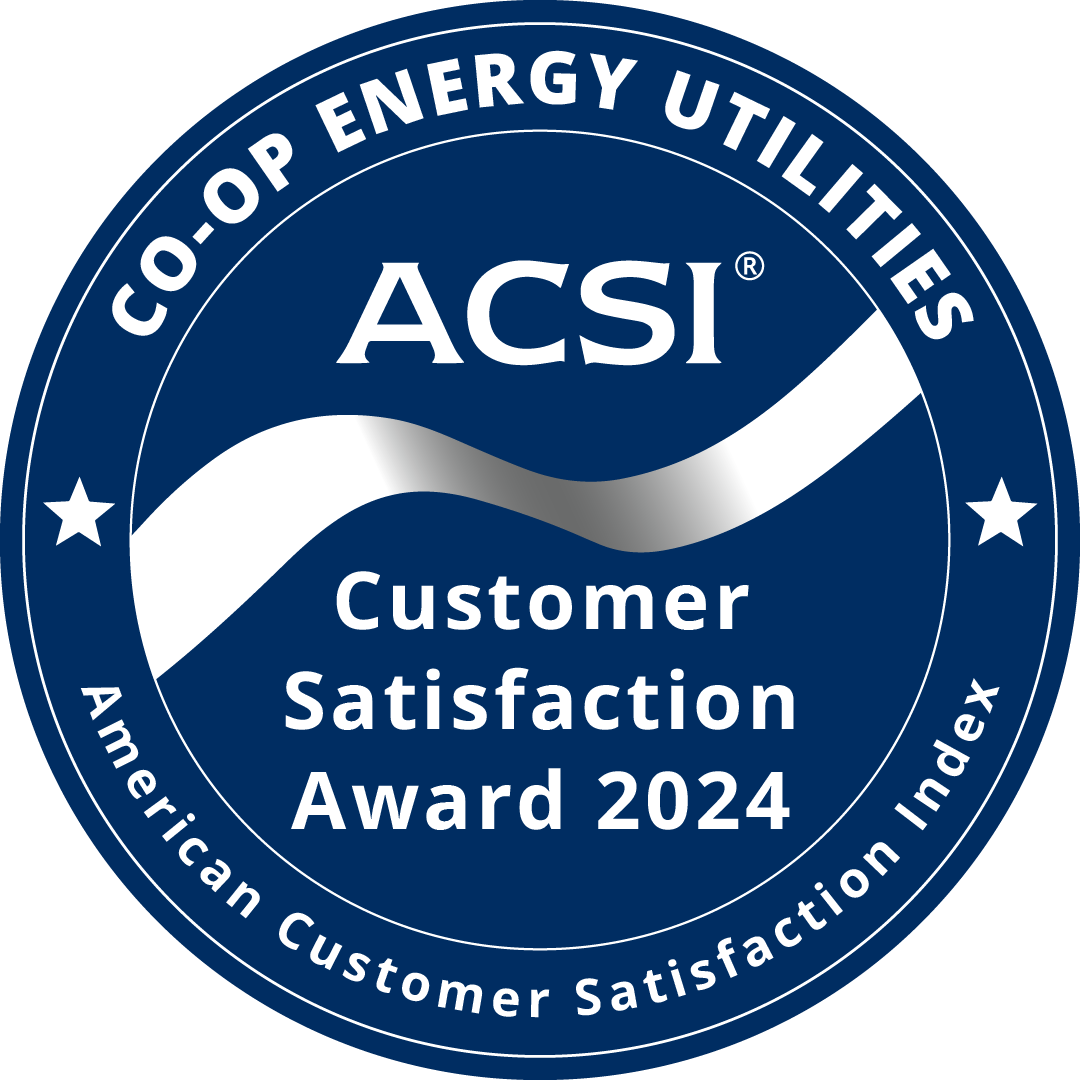REC wants to pay its member-owners to use less electricity during certain hours in the summer, according to an application filed Friday with the State Corporation Commission.
“While utilities traditionally charge the same rate per kilowatt hour regardless of when electricity is used, the actual costs of producing that electricity varies significantly depending on the time of day and time of year,” said David Koogler, REC’s senior vice president of member services and external affairs. “Of the nearly 9,000 hours in a year, just five hours in the summer help determine a significant portion of the cost that REC pays for wholesale electricity the following year.”
The goals of REC’s innovative pilot program are simple:
• Gauge member-owners’ interest in participating in a program that provides a financial incentive to reduce electricity use at peak times.
• Test REC’s advanced business systems to deliver innovation solutions.
• Measure the reductions in wholesale power costs that will be passed along directly to pilot participants and indirectly to all member-owners.
Here’s how it would work for member-owners participating in the pilot project:
• Participants will be notified the evening before a peak event by their preferred communication channel, including text, email and social media.
• The peak events will typically be between 4 and 6 p.m. on hot summer afternoons, and it is expected that approximately 15 events would be called between June and September.
• Participants would be paid 75 cents for every kilowatt-hour of electricity not used during specified hours compared to what they would normally use during those hours.
• Participants can choose not to respond to a specific called event; they are not penalized and would pay what they normally would for electricity used during that time.
• Participants can reduce their usage during the few hours by manually adjusting their AC’s thermostat, by turning off electric appliances or devices, or by using smart energy-saving technology that is now available.
“REC is very excited to propose the first innovative rate pilot of this type in Virginia,” Koogler said. “We are hopeful that we will have a very successful test with 200 participants in the summer of 2020, and the interest of our membership will be so robust that we can expand significantly in year two, potentially up to 1,000 member participants.”



